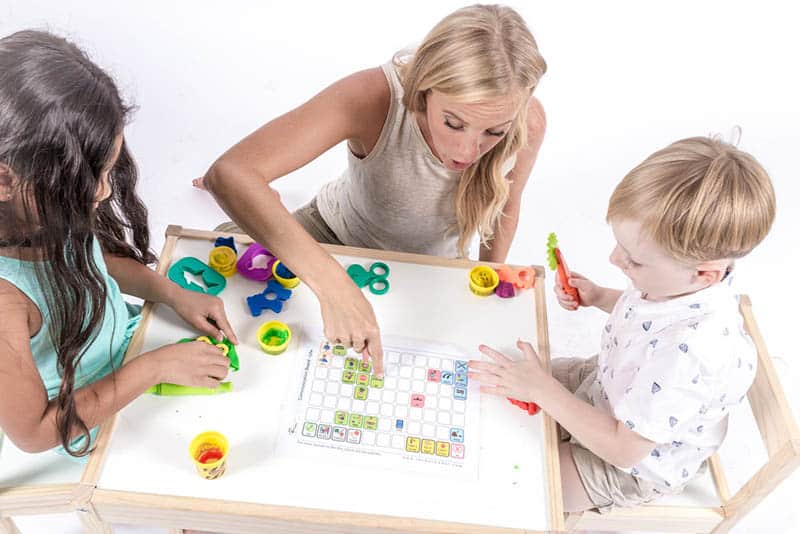If you are the parent of a child who is having trouble expressing themselves verbally, you must have heard of a communication board by now.
Maybe even a speech therapist has recommended it to you! So, what exactly does this board do?
In the simplest terms, a communication board is a device that helps kids who struggle with speaking to develop their communication skills and talk to the people around them through symbols and images.
Kids can practice using them with a speech therapist and their parents.
The goal is for the child to point or otherwise indicate (depending on their abilities) to the symbol that expresses what they would like to say.
Communication boards are divided into low-tech and high-tech boards, and each has its own advantages and disadvantages.
High-tech models, for example, offer features such as sound, while low-tech models don’t depend on batteries to run.
So, read on to learn more about this amazing method of communication and all the ways in which it can help your child!
What’s A Communication Board?
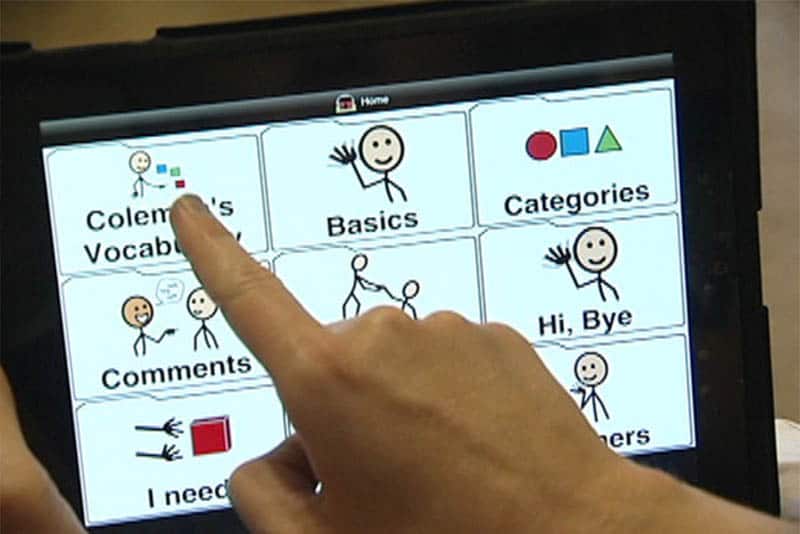
These boards are part of what’s called augmentative and alternative communication (AAC), which encompasses many different communication methods.
Augmentative communication methods, such as a board, are developed by speech-language pathologists (SLPs) who are experts in this field and should be one of your first points of contact if your child is having trouble with verbal communication.
A person can use a board for communication in different ways, depending on their abilities – by pointing with a finger, using a stick, or even moving their gaze in the direction of a symbol.
Janice Light, PhD., an expert in AAC, defined its 4 main purposes:
- giving a person the ability to express their wants and needs;
- exchanging information the way people do in ordinary conversation;
- developing closeness through informal conversation such as jokes; and
- developing social etiquette skills such as expressing thanks, saying “please,” etc.
Augmentative-alternative communication, including boards, should give your child the ability to effectively communicate in every situation and help them feel connected to the people around them, whether it be at school or home.
Plus, your child will get a sense of independence, too, because they will be able to talk to other people without the help of mom and dad!
And greater independence leads to more self-confidence!
Different types of communication boards
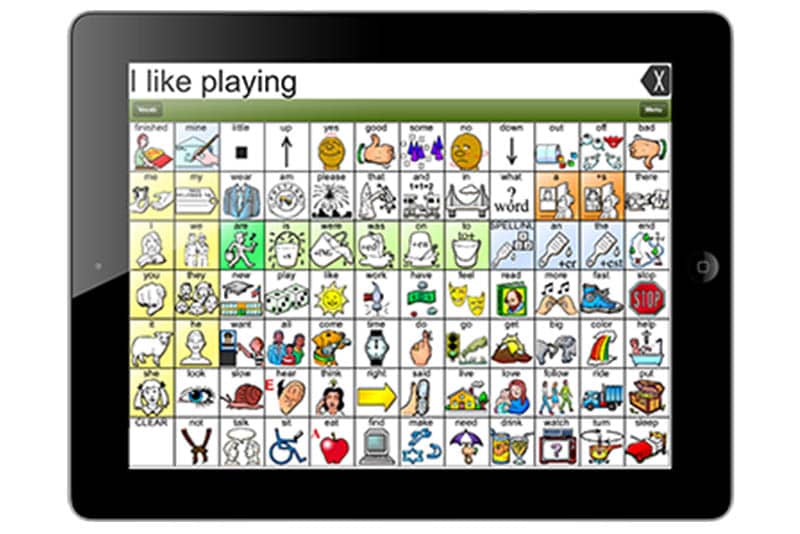
That being said, communication boards are divided into two groups: ow-tech and high-tech.
Low-tech AAC includes all visual support that isn’t electronic and doesn’t need batteries to operate.
These can include entire communication books, a Picture Exchange Communication System, or simple communication boards you can find online and print out to use as needed.
Luckily, there is no shortage of free communication boards, so you can find one in just a few clicks!
There are low-tech boards that only include core vocabulary words that a child needs to communicate effectively, in addition to boards that are specific to a particular activity (such as painting) and contain images that aid children in participating in the activity or learning new words.
Here’s a quick tip: After you print out the boards, laminate them so that your child can use them for a longer period of time.
You can also make them into DIY flashcards!
High-tech AAC is electronic and offers much more functionality than low-tech boards. A great example of a high-tech communication board is a speech-generating device.
They allow you to record messages or core words for every picture (or come with pre-recorded ones) that play with the press of a button.
Such high tech speech therapy devices can be very expensive, though, so many parents opt for downloading apps to their smartphone or a tablet such as an iPad, which is a great size for a communication board.
With such powerful tech devices at their disposal, you wouldn’t be in the wrong to think that children with special needs mostly rely on high-tech devices to communicate with the world around them.
However, assistive technology is not convenient in every situation.
For example, a trip to your local pool might not be the best environment for your high-tech AAC device, so most parents combine both electronic and non-electronic communication boards.
Also, with a low-tech board, you don’t have to think about things such as battery life or the device breaking down and causing a giant inconvenience.
And let’s not forget that electronic devices can also freeze while the child is in the middle of putting a sentence together, so it’s always good to have a low-tech backup!
But regardless of which board your child is using, the most important thing is to make sure that it contains symbols and images your child can understand.
For example, if their reading or spelling skills are underdeveloped, then it’s probably best to opt for a board that includes more pictures.
Who Needs Alternative Communication Strategies?
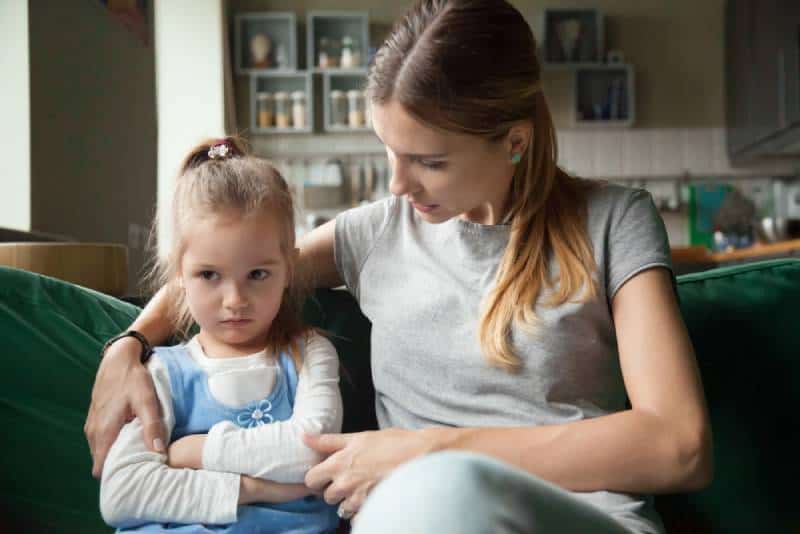
Imagine if you suddenly woke up and were unable to speak and communicate in the way most of the people around you do. You’d get frustrated pretty quickly, don’t you think?
Now, you might have an 18-month-old child who’s not talking but this doesn’t automatically mean that a communication board is needed.
While most people associate AAC tools with children who have autism or Asperger’s, the truth is that AAC boards can be used as a communication tool for all non-verbal children, regardless of whether their different communication needs are a result of a developmental disability or another cause.
In addition to being used as language therapy in special education, adults also use such boards as a means of communication.
When a person has suffered a stroke, for example, AAC devices can help them talk to their loved ones and medical staff.
Speech therapists also use AAC to help people with Parkinson’s or dementia communicate, so such picture communication symbols are an incredibly helpful tool in a variety of situations.
The Benefits Of A Communication Board
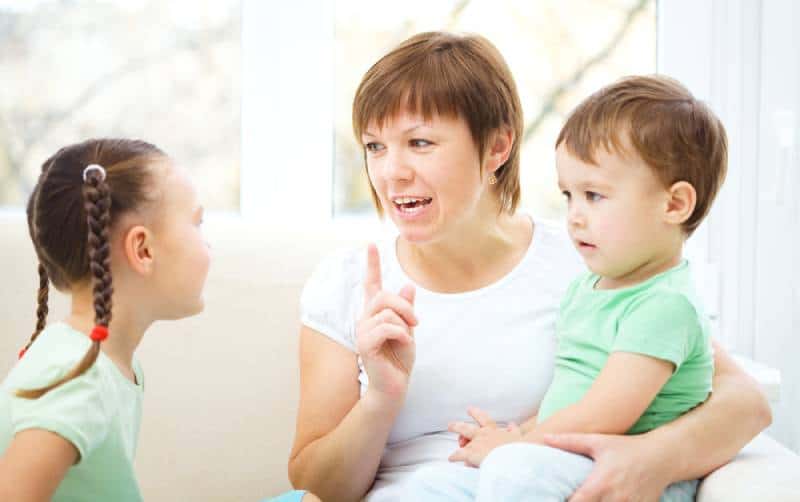
At a restaurant, for example, the child can place their own order with the server and practice communicating with people they don’t know.
Or, imagine that your child is at a sleepover or a birthday party and needs to use the bathroom, for instance.
With a board, they can easily ask someone to show them to the bathroom, so it gives them more freedom and the ability to do things on their own.
Some people might say that using a board with pictures and symbols acts as a “crutch” and works against developing speech in kids, since they can rely on the board to do the talking for them.
However, researchers have proven that boards have a great impact on their language skills and even speech development, so there is no need to worry that it will somehow negatively impact or delay speech in kids.
Apart from that, non-verbal kids can truly feel like they’re a part of society and not excluded because of their speech issues.
To really get the full benefits of using a board for communication, parents should be supportive and really encourage their child to use it as often as possible. Even a big brother or sister can help!
What’s more, remember your good parenting strategies and reward your child in the beginning for using their board.
I don’t mean with toys or candy, but a simple “Good job!” or “I’m proud of you!” can really do wonders to motivate them to explore this way of communicating.
Finally, don’t forget that there are other ways of improving your child’s language skills, such as by reading children’s books together!
RELATED:
- 28 Best Multicultural Children’s Books
- Best Interactive Books For Babies: 31 Reads Your Baby Will Adore
To Sum Up
When I think about kids who struggle with communicating verbally, I realize how much of a privilege it is to be able to speak to others and be understood at the same time.
After all, communication is such a huge part of our life and helps us improve our social skills, make friends, and feel like we belong to the world we live in.
And let’s not forget that it allows us to participate at school and get a good education.
For all of these reasons, using a communication board is so important for kids who don’t have sufficiently developed verbal skills, whether as a result of a disability or a developmental delay, as it prevents them from feeling excluded from their peers.
Thankfully, technology has allowed us to take such boards to the next level through features such as sound, and I’m sure that augmentative and alternative communication devices will only get better and more advanced in the future!
References:
“Interaction involving individuals using augmentative and alternative communication systems: State of the art and future directions” by Janice Light, PhD, published in Augmentative and Alternative Communication in 1988.
Like this post? Please share or pin it for later. You can also stay in the loop and follow us on Facebook, Instagram and Pinterest.
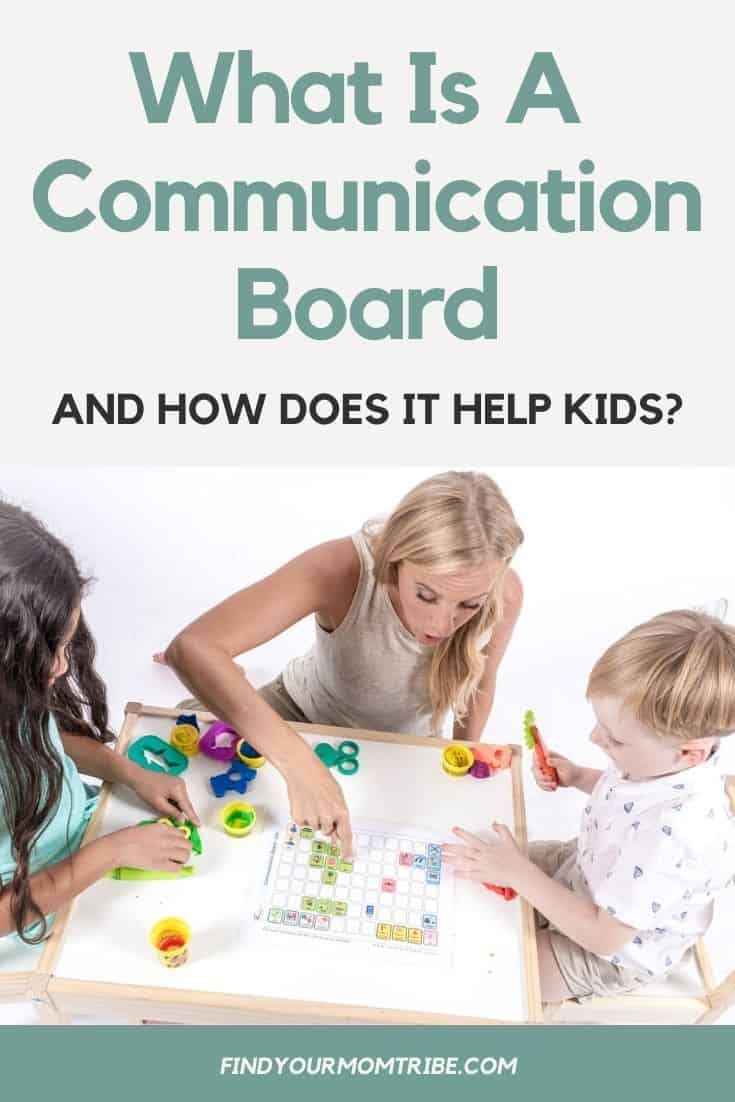
This post contains affiliate links. Please see our full disclosure or more info.

